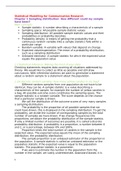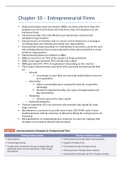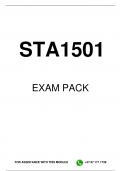Samenvatting
Summary SMCR UvA
This is a summary for the course SMCR. It is a summary for all eleven chapters of the web book from W. de Nooy (2017), A Gentle but Critical Introduction to Statistical Inference, Moderation, and Mediation. It is written in English. It gives a summary of each paragraph.
[Meer zien]







